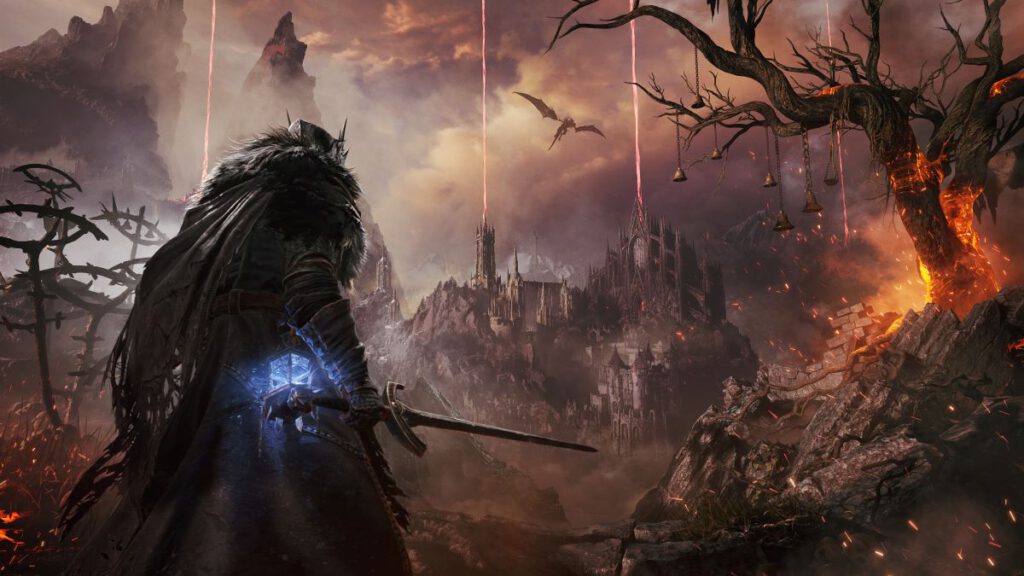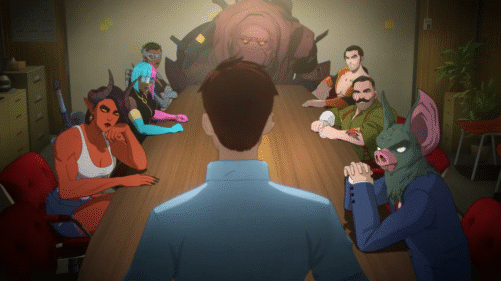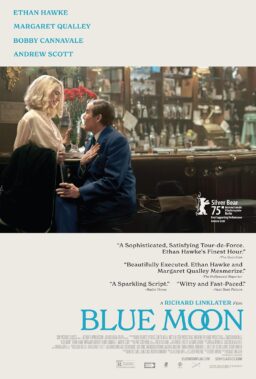It feels like the overall popularity of the genre known as Soulslike exploded with the success of last year’s “Elden Ring,” considered by many to be the best game of 2022. Even gamers who had never suffered the torture of masterpieces like “Bloodborne” and “Dark Souls 3” were plugging dozens of hours into “Elden Ring,” dying over and over and over again. This subgenre of role-playing games is defined by misery and masochism, experiences built on how too many modern games hold your hand from checkpoint to checkpoint and that games should be hard. Death matters, bosses will punish you, and even objectives won’t be obvious.
The latest in the category is the twistedly brutal “Lords of the Fallen,” a game that doesn’t quite live up to the best of the genre but contains enough addictive gameplay and world-building to keep fans engaged through the holiday season. Like many Soulslikes, I was almost ready to give up during a few particularly brutal boss fights, but I would push through. And that sense of accomplishment when you defeat a massive enemy in a game like this can’t be beaten. There are some notable camera issues and frustrating physics, but I’m still trudging forward to see what’s around every corner of this game—I’m about 25 hours in with likely that much left—even if I know it’s almost certainly going to kick my ass.

Developed by Hexworks and published by CI Games, “Lords of the Fallen” is a reboot of a 2014 game of the same name. It bears a striking resemblance to the “Dark Souls” series, including the character creation at the beginning to the inventory, equipment management, and stat allotment when leveling up. After you create your character, you’re thrust into the world of Mournstead, a place filled with creatures that want you dead. However, “Lords of the Fallen” has a neat twist in that it has two realms: the land of the living (known as Axiom) and a parallel underworld (known as Umbral). You can willingly travel to Umbral using an Umbral Lamp or just end up there when you die. Progress will sometimes require a quick trip to Umbral to get through an obstacle or solve a puzzle, but it’s not exactly a safety net of a “second life” as much as it is a new challenge, given it contains some of the toughest enemies. Like most Soulslikes, death impacts “Lords of the Fallen,” leading to the loss of XP points (known as vigor) that can be retrieved by killing whatever killed you.
And that’s really about it. “Lords of the Fallen” takes you across slightly varied environments, although there’s a sense of design and gameplay repetition that can be disappointing, along with a surprisingly linear design for a game like this. The biggest problem, however, is that a game like this lives and dies on its physics. When you need to time a parry just right to survive an encounter, you don’t want to feel like the game’s design is working against you, and “Lords of the Fallen” sometimes lacks refinement in this department. Dodge maneuvers are inconsistent, and I died more than once just because a camera got stuck behind a rock or a building. And the lock-on camera here—essential in a combat game—is wildly inconsistent, often disappearing mid-fight.
Still, my warrior persists. “Lords of the Fallen” is a fresh start for a potentially great new Soulslike franchise, complete with rookie issues and growing pains but also significant potential. It really just takes a bit more variation in enemy design, a bit more world-building, and more refined mechanics. One might say that’s everything for a game like this. And yet there’s still something so addictive about vanquishing an impossible foe in a game like “Lords of the Fallen” or solving a difficult puzzle that allows one to return to the land of the living. Ultimately, “Lords of the Fallen” made me want to play the superior “Elden Ring” or “Bloodborne” again (or finally get around to “Lies of P”), but in a sense it has rekindled my love for this subgenre. Maybe all the pain truly is worth it.
The publisher provided a review copy of this title.












